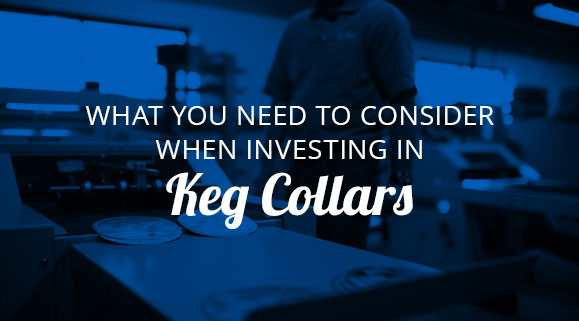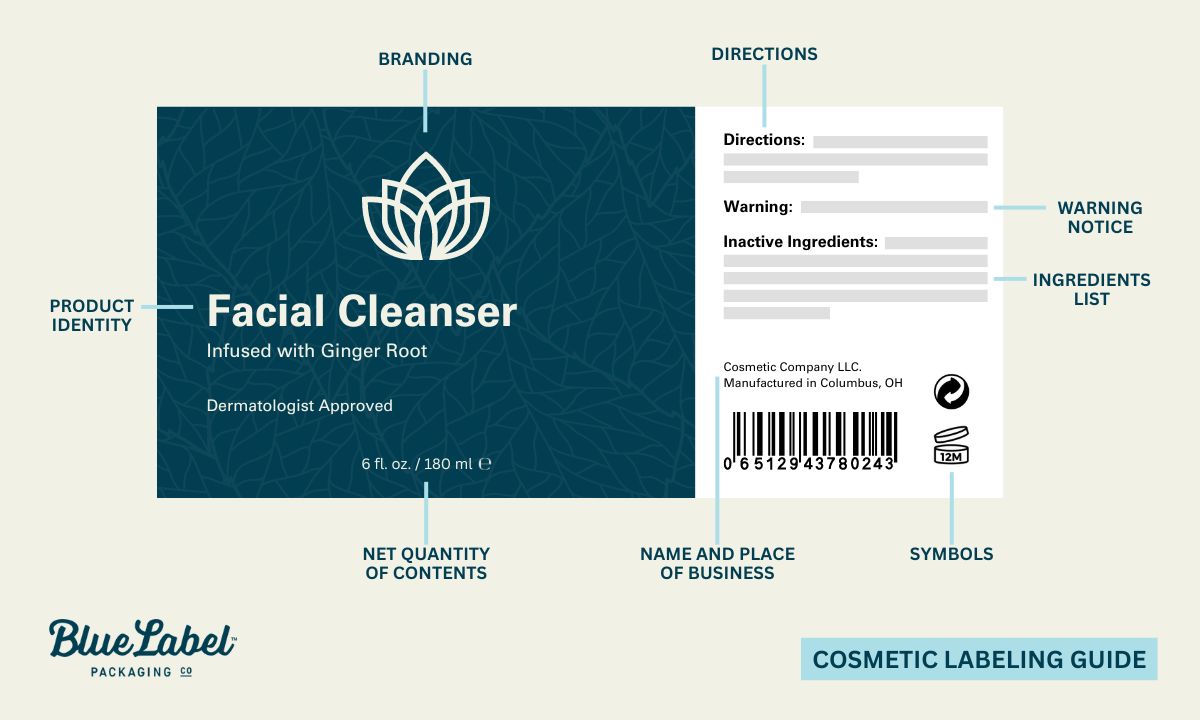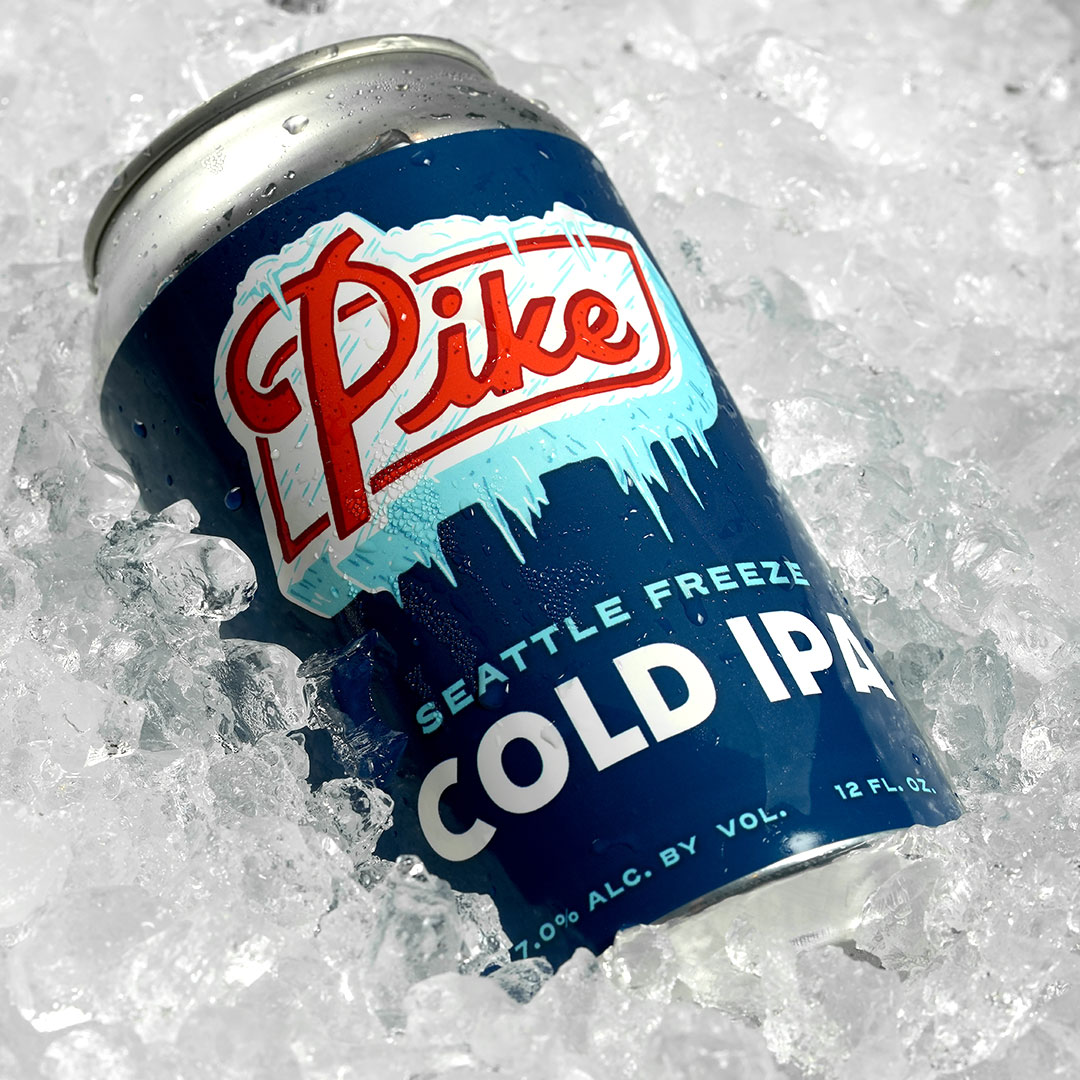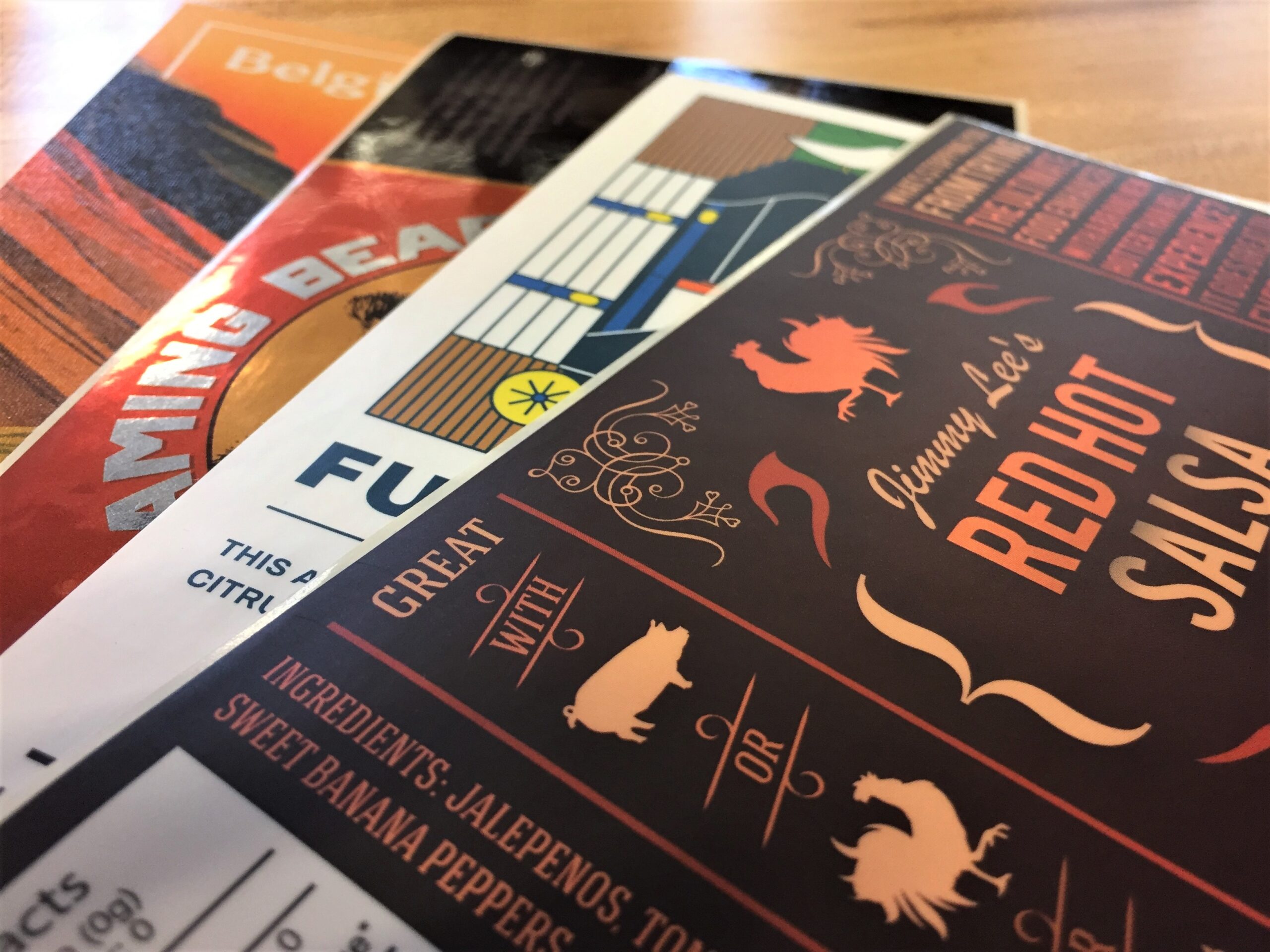Waterproof Beer Labels: How to Protect Your Labels
- waterproof labels
There’s just one problem with that concept – there is no such thing as a completely waterproof beer label. As much as we’d all love for a beer label to be completely waterproof, there’s no way to completely safeguard your labels from water and other forms of moisture.
While a 100 percent waterproof label isn’t attainable, all hope is not lost. There are several ways that you can make your beer label as resistant to moisture as possible. Let’s break down what you can do to protect your beer labels from water and other threats.
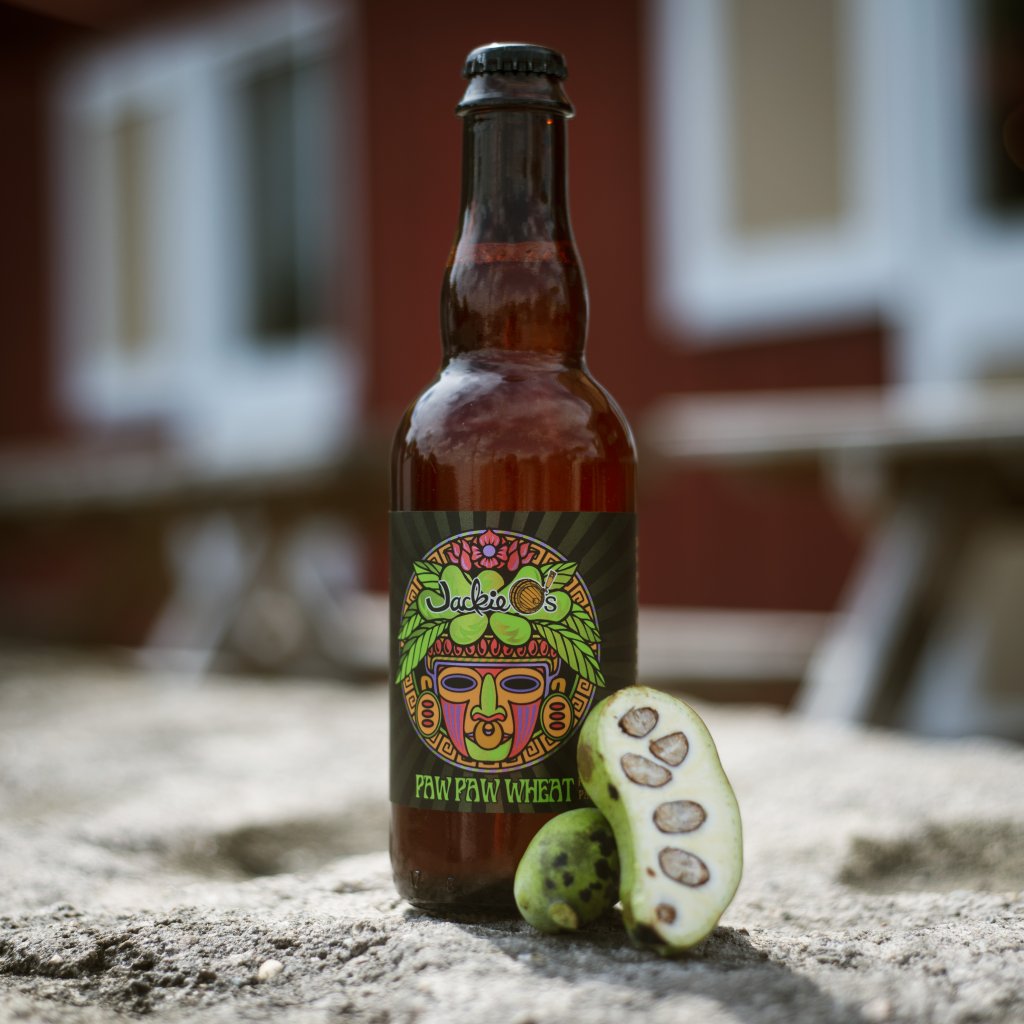
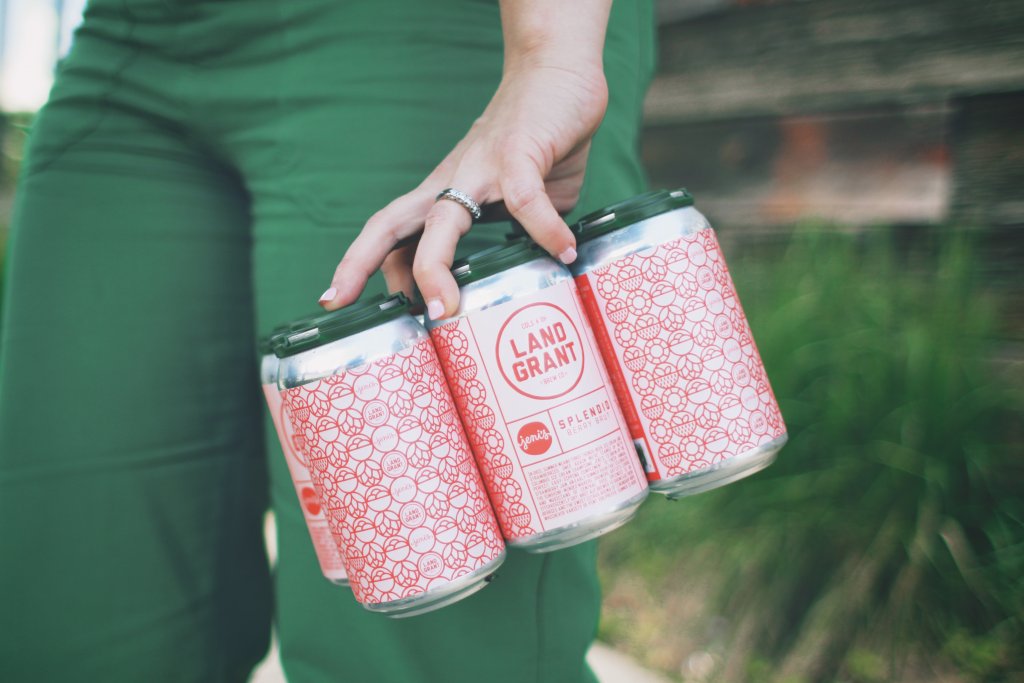
Key Factors for Water-Resistant Beer Labels
When you need a “waterproof” beer can label or beer bottle label, every part of your label needs to built for success. Every label is made up of multiple layers, and each of these elements play a key role in how water resistant they are. As such, it’s important to weigh a few considerations when investing in custom beer labels.
Material selection
There are generally two types of label materials: paper and film. As you may expect, paper and moisture don’t work well together. Paper labels are great in many situations, but they can and will break down when wet. That’s a major problem when beer cans and bottles get soaking wet before application or sit in a cold, wet environment.
While paper definitely isn’t going to make for a waterproof beer label, films are much more resistant to moisture. Films like biaxially oriented polypropylene (BOPP) don’t absorb water, so they aren’t at nearly as much risk of failing when they encounter water, oil, or other wet substances.
Adhesives
Adhesive selection is a major sticking point for beer labels. It doesn’t matter how water resistant your material is if your beer label won’t bind to your container. That’s why it’s vital to identify a moisture-resistant label adhesive that’s tailored to your exact needs.
The application process is one major hurdle for your adhesive. If your container will be wet going into the applicator, you’ll want to use some form of wet-apply adhesive to prepare for those conditions. These adhesives won’t completely eliminate beer label application failure, but it will drastically increase your success rate.
Of course, your adhesives need to work long after application. The best way to plan for long-term success is to use an adhesive that best accommodates how your products will be stored in the future. For beer, that means your adhesive will need to withstand high humidity, moisture, and cold temperatures. A water-resistant acrylic label is one option that can hold up better in coolers, refrigerators, and other damp environments.
It’s also important to remember that water isn’t the only form of moisture that can create problems. Contaminants like dirt and oil can wreak havoc with your adhesives. Even the beer itself can pose an unexpected problem If there’s leftover residue from the prefill process.
For example, the acidity in a radler, sour, or any other beer with fruit can create oxidation that can impact your materials, containers, and adhesive. As such, you’ll want to work out every detail with your Blue Label account representative to narrow down your search for the perfect label.
Release liners
It’s important not to forget about how your beer label gets to your container. The release liner is a thin sheet that is designed to carry your labels until they’re ready for application. While the release liner is removed before application, it still needs enough water resistance to make sure your label gets to its destination.
Simply put, wet applicating conditions will pose problems for certain release liners. A wet beer can or bottle can cause paper release liners to tear as they run through the machine. As with your label material, a film release liner will offer added water resistance to help enable a seamless applicating process.
Print protection
Every label can use a little extra protection. Finishing processes like lamination and varnishes are designed to shield your beer label from a variety of issues, including water.
While varnishes and laminates are both designed to protect your label, they’re applied in different ways. Varnishes are liquids that dry onto a label’s surface, making it a natural solution for a porous material like paper. Lamination is a layer of protective film that covers the top of your beer label, giving it another layer of defense against water, scratches, and other hazards.
The exact type of print protection you need depends on multiple factors, such as your choice of material or if you want these finishes to amplify your beer label design at all. Regardless of your choice, print protection is an essential part for just about any beer label.
Protect Your Image with Water-Resistant Beer Labels
Your craft beer labels play a critical role in marketing your product. Unfortunately, label failure can have an adverse affect on how people view your beer.
That’s why Blue Label works closely with companies to help them protect their brands with high-quality, water-resistant beer labels. Our experts can help you identify water-resistant solutions for every element of your beer label so that your beer cans and bottles will look amazing for your consumers.
Ready to waterproof your beer labels as much as possible? Contact Blue Label today to have us print quality, durable beer labels for your company.
